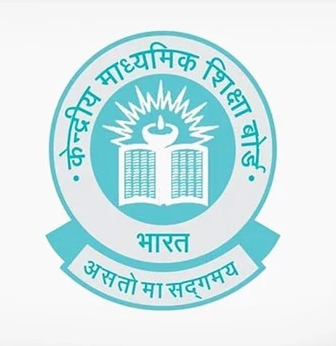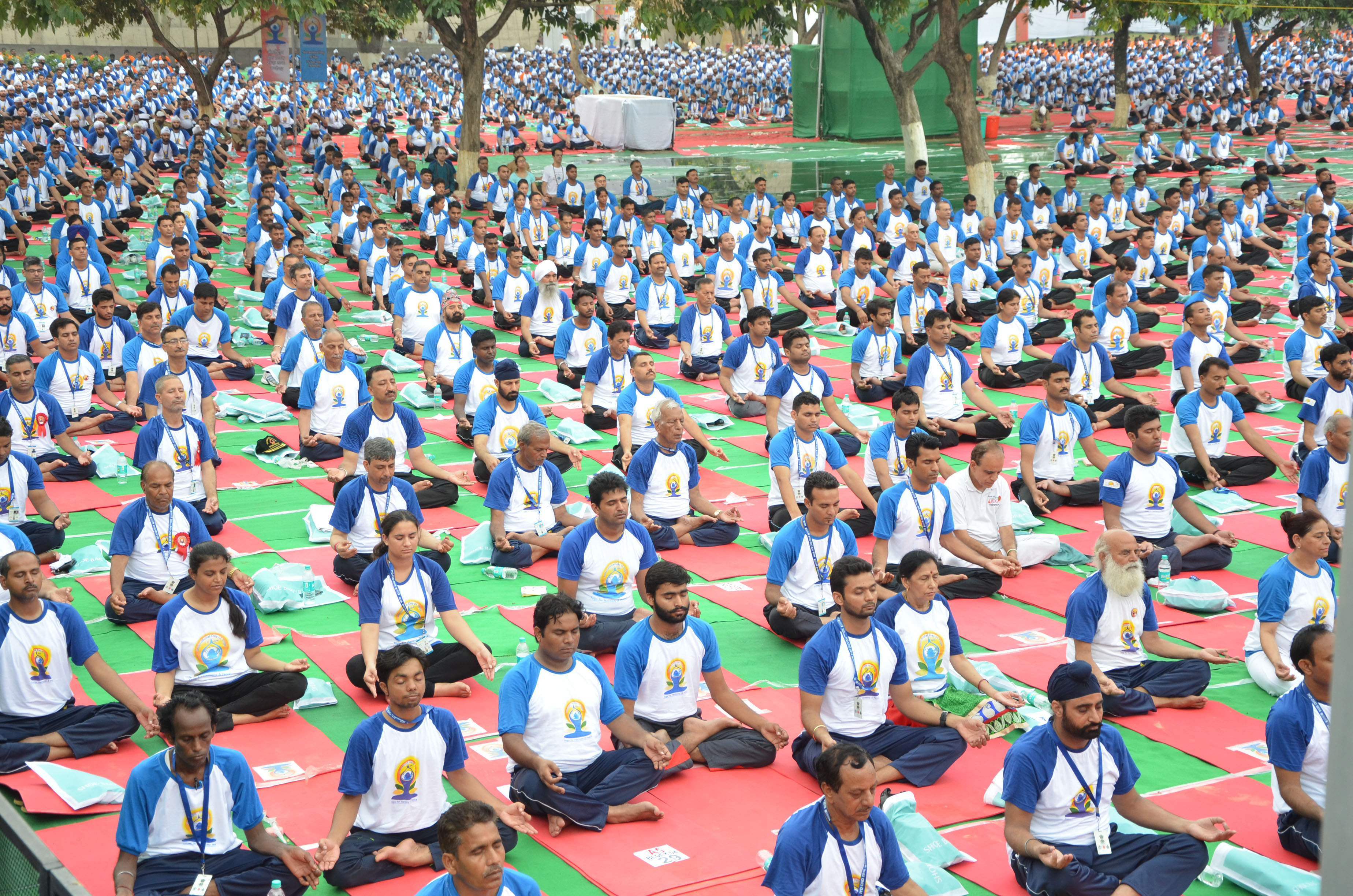We are going to celebrate the 8th International Day of Yoga (IDY) on 21 June 2022. Nowadays, yoga plays a significant role; it helps us to understand our inner self, and gives us lasting peace of mind and appreciation of life. Its goal is to help us utilise the breath and body to achieve an awareness of ourselves as a unit interconnected with others so as to create one whole. In this post, we will discuss the Ashtanga Yoga. Ashtanga Yoga is an eight-limbed path towards achieving the state of Samadhi. These are as follows:
Yama
Universal morality and ethics, comprising ahimsa (compassion for all living beings), satya (commitment to the truth), asteya (avoidance of stealing and being happy with what one has), brahmacharya (conquering of bodily desires), and aparigraha (conquering greed and living.
Niyama
Personal rules, comprising saucha (cleanliness of body and mind), santosha (contentment and modesty), tapa (proper use of our body’s energy), swadhyaya (selfexamination) and ishwara pranidhana (celebration of the spiritual; to surrender to God).
Asana
Asana is a term for the postures and positions of yoga that increase our physical fitness and mental peace. It promotes good health, placing the physical body in a position that cultivates awareness, relaxation, and concentration.
Pranayama
Breathing exercises and control of prana (internal energy). ‘Prana’ is breath or vital energy in the body responsible for life force and ‘ayama’ means control. So it means control of breath. It has three constituents: Puraka (inhalation); Kumbhaka (retaining the breath) and Rechaka (exhalation).
Pratyahara
Control of the senses. Ahara means ‘food’, or ‘anything we take into ourselves from the outside’. Prati stands for ‘against’ or ‘away’. Pratyahara therefore literally means ‘control of ahara’, or ‘gaining mastery over external sensory pleasures’. Pratyahara’s primary function is the withdrawal from or control over our senses, releasing the mind from external influences. It strengthens the mind’s power of immunity and brings it closer to divinity by avoiding sensory disturbances of sound, beauty, smell, touch, etc.
Dharana
Concentration and cultivating the inner feelings of awareness. It is the initial step of deep concentration or Samadhi, where the object being focused upon is held in the mind without consciousness wavering from it. The focal point can be at the centre of the head or the navel.
Dhyana
It means deep thinking without distraction. In this stage, the practitioner trains the mind to remain fixed at a single external point in a continuous flow. The concentration is so strong that no sensory feeling or intrusion of memory can break it. In this way, the practitioner approaches spiritual liberation and bliss.
Samadhi
Union with the Divine: It is the highest limb in Ashtanga Yoga – the final stage in which a person experiences oneness with the universe. The act of meditation and the object of meditation merge into a single entity; all impulses of the mind are distinguished and awareness of the self erased. There are two kinds of samadhi: samprajnata samadhi, also called savikalpa samadhi and sabija samadhi, in which the meditation is supported by an external object.
The second is asamprajnata samadhi, also called nirvikalpa samadhi and nirbija samadhi, in which meditation is carried out without focusing on an object.
Note: If you want more information on yoga, please refer to our books of Physical Education Classes 11 and 12 (Code 48). These books are based on the latest CBSE syllabus.
Buy Links for these books are as follows:
A Textbook of Physical Education Class 11 Amazon Link Flipkart Link
A Textbook of Physical Education Class 12 Amazon Link Flipkart Link
Physical Education Practical Manual Class 11 Amazon Link Flipkart Link
Physical Education Practical Manual Class 12 Amazon Link Flipkart Link




